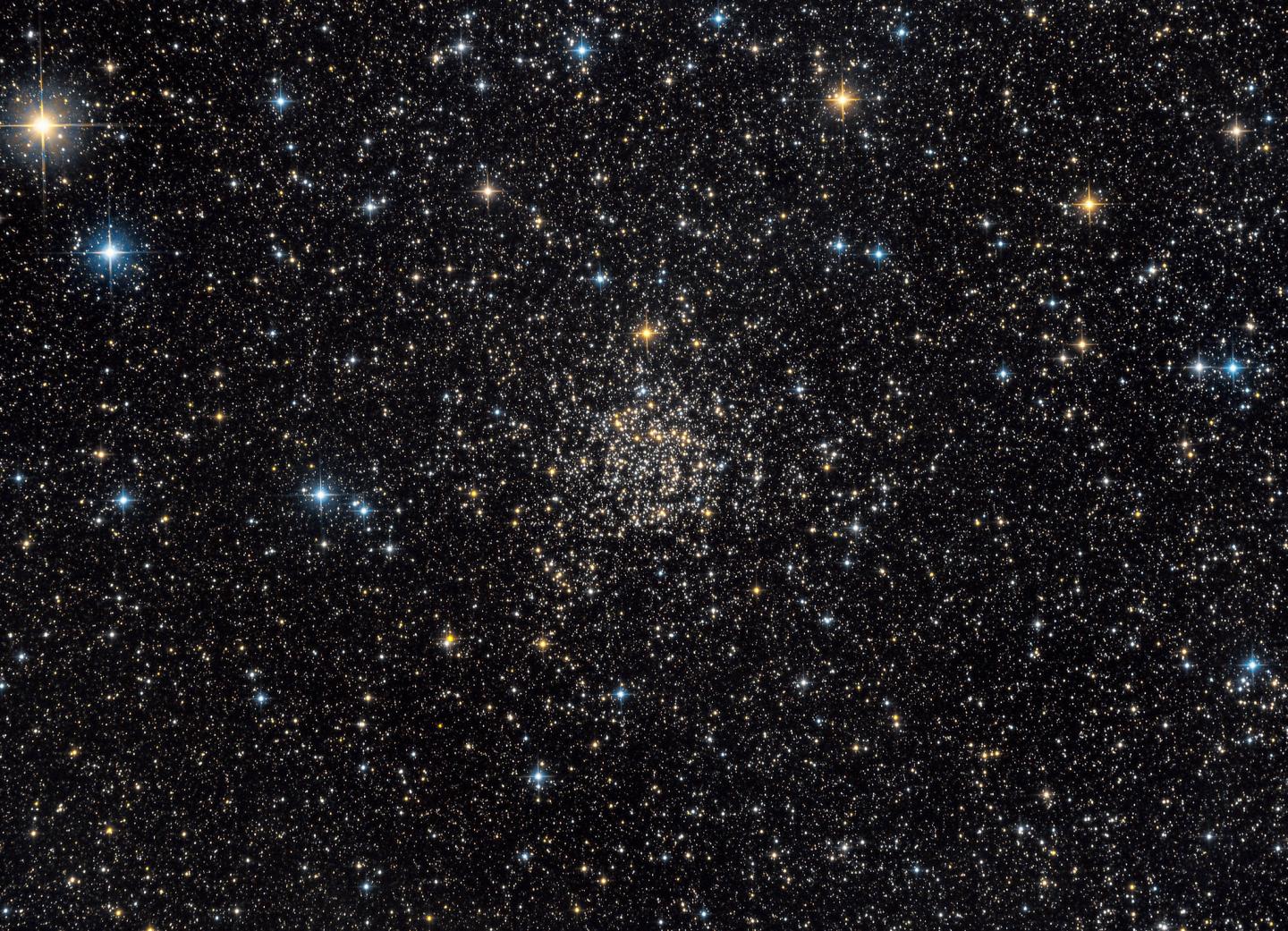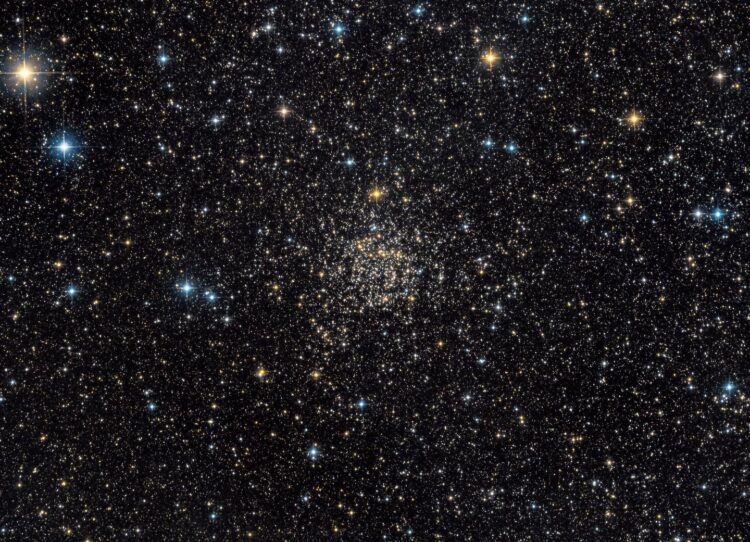
Credit: Guillaume Seigneuret and NASA
A new analysis of white dwarf stars supports their role as a key source of carbon, an element crucial to all life, in the Milky Way and other galaxies.
Approximately 90 percent of all stars end their lives as white dwarfs, very dense stellar remnants that gradually cool and dim over billions of years. With their final few breaths before they collapse, however, these stars leave an important legacy, spreading their ashes into the surrounding space through stellar winds enriched with chemical elements, including carbon, newly synthesized in the star’s deep interior during the last stages before its death.
Every carbon atom in the universe was created by stars, through the fusion of three helium nuclei. But astrophysicists still debate which types of stars are the primary source of the carbon in our own galaxy, the Milky Way. Some studies favor low-mass stars that blew off their envelopes in stellar winds and became white dwarfs, while others favor massive stars that eventually exploded as supernovae.
In the new study, published July 6 in Nature Astronomy, an international team of astronomers discovered and analyzed white dwarfs in open star clusters in the Milky Way, and their findings help shed light on the origin of the carbon in our galaxy. Open star clusters are groups of up to a few thousand stars, formed from the same giant molecular cloud and roughly the same age, and held together by mutual gravitational attraction. The study was based on astronomical observations conducted in 2018 at the W. M. Keck Observatory in Hawaii and led by coauthor Enrico Ramirez-Ruiz, professor of astronomy and astrophysics at UC Santa Cruz.
“From the analysis of the observed Keck spectra, it was possible to measure the masses of the white dwarfs. Using the theory of stellar evolution, we were able to trace back to the progenitor stars and derive their masses at birth,” Ramirez-Ruiz explained.
The relationship between the initial masses of stars and their final masses as white dwarfs is known as the initial-final mass relation, a fundamental diagnostic in astrophysics that integrates information from the entire life cycles of stars, linking birth to death. In general, the more massive the star at birth, the more massive the white dwarf left at its death, and this trend has been supported on both observational and theoretical grounds.
But analysis of the newly discovered white dwarfs in old open clusters gave a surprising result: the masses of these white dwarfs were notably larger than expected, putting a “kink” in the initial-final mass relation for stars with initial masses in a certain range.
“Our study interprets this kink in the initial-final mass relationship as the signature of the synthesis of carbon made by low-mass stars in the Milky Way,” said lead author Paola Marigo at the University of Padua in Italy.
In the last phases of their lives, stars twice as massive as our Sun produced new carbon atoms in their hot interiors, transported them to the surface, and finally spread them into the interstellar medium through gentle stellar winds. The team’s detailed stellar models indicate that the stripping of the carbon-rich outer mantle occurred slowly enough to allow the central cores of these stars, the future white dwarfs, to grow appreciably in mass.
Analyzing the initial-final mass relation around the kink, the researchers concluded that stars bigger than 2 solar masses also contributed to the galactic enrichment of carbon, while stars of less than 1.5 solar masses did not. In other words, 1.5 solar masses represents the minimum mass for a star to spread carbon-enriched ashes upon its death.
These findings place stringent constraints on how and when carbon, the element essential to life on Earth, was produced by the stars of our galaxy, eventually ending up trapped in the raw material from which the Sun and its planetary system were formed 4.6 billion years ago.
“Now we know that the carbon came from stars with a birth mass of not less than roughly 1.5 solar masses,” said Marigo.
Coauthor Pier-Emmanuel Tremblay at University of Warwick said, “One of most exciting aspects of this research is that it impacts the age of known white dwarfs, which are essential cosmic probes to understand the formation history of the Milky Way. The initial-to-final mass relation is also what sets the lower mass limit for supernovae, the gigantic explosions seen at large distances and that are really important to understand the nature of the universe.”
By combining the theories of cosmology and stellar evolution, the researchers concluded that bright carbon-rich stars close to their death, quite similar to the progenitors of the white dwarfs analyzed in this study, are presently contributing to a vast amount of the light emitted by very distant galaxies. This light, carrying the signature of newly produced carbon, is routinely collected by large telescopes to probe the evolution of cosmic structures. A reliable interpretation of this light depends on understanding the synthesis of carbon in stars.
###
In addition to Marigo, Tremblay, and Ramirez-Ruiz, the coauthors of the paper include scientists at Johns Hopkins University, American Museum of Natural History in New York, Columbia University, Space Telescope Science Institute, University of Warwick, University of Montreal, University of Uppsala, International School for Advanced Studies in Trieste, Italian National Institute for Astrophysics, and the University of Geneva. This research was supported by the European Union through an ERC Consolidator Grant and the DNRF through a Niels Bohr Professorship.
Media Contact
Tim Stephens
[email protected]
Related Journal Article
http://dx.





